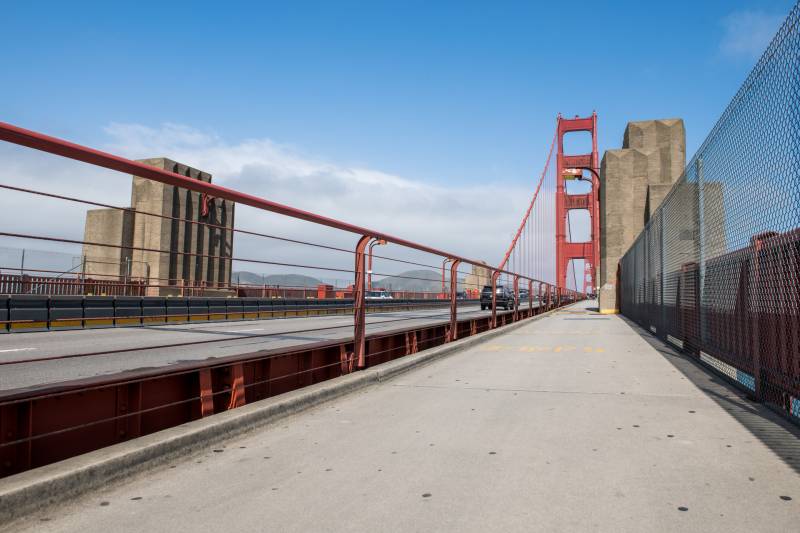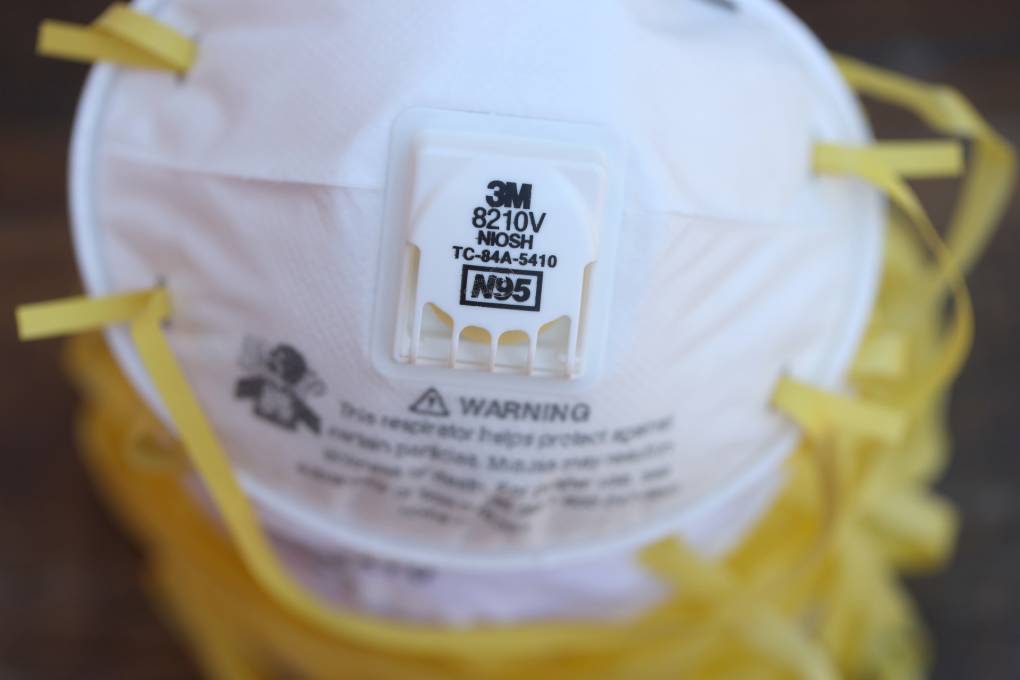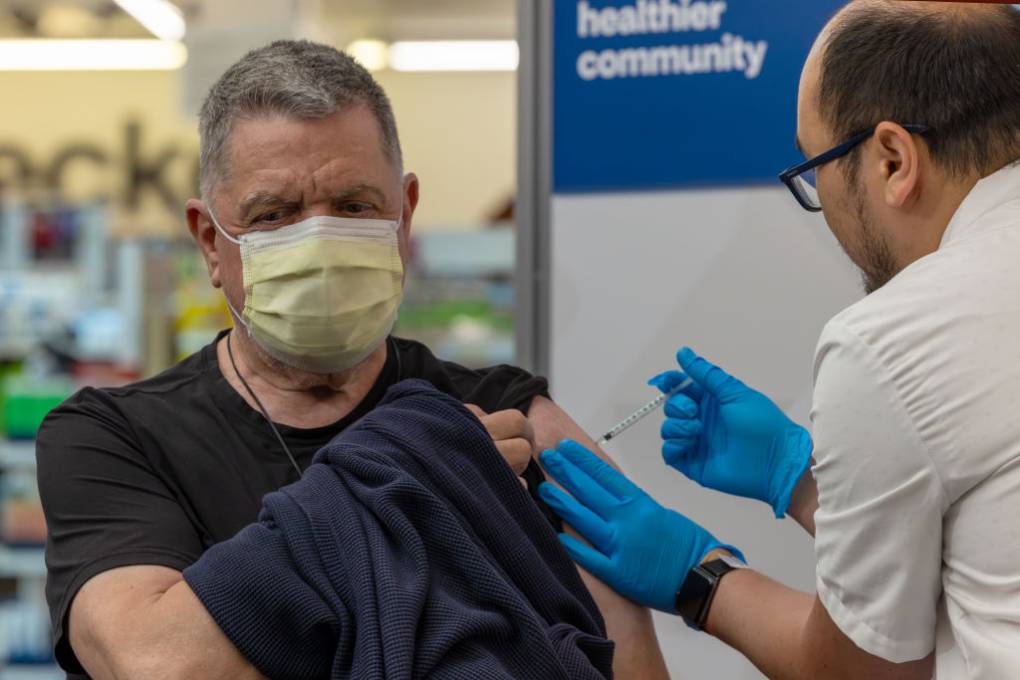This post is no longer being updated. Read more about how counties are loosening shelter-in-place restrictions here and find our latest coronavirus coverage here.
Updated May 4 at 4 p.m.
Regional shelter-in-place orders to curb the spread of the coronavirus have been extended through May 31, according to an announcement from seven public health jurisdictions. This order applies to the six Bay Area counties of Alameda, Contra Costa, Marin, San Francisco, San Mateo, and Santa Clara, as well as the City of Berkeley, an independent public health jurisdiction.
California has been under shelter-in-place orders since March 19, when Gov. Gavin Newsom directed all residents to stay at home and leave only for essential activities in an aggressive bid to slow the spread of COVID-19. The statewide order does not currently have an end date.
Just days before the statewide order was issued, the same six Bay Area counties and the city of Berkeley were already leading the charge with regional shelter-in-place directives that rolled out March 16. They've also taken the lead in defining and clarifying what makes effective social distancing.
The latest order, which takes effect May 4 in the six counties, acknowledges that progress has been made in slowing the spread of coronavirus and therefore eases some restrictions on "a limited set of additional activities and ... a limited set of additional businesses associated with the lower risk of COVID-19 transmission."
Namely, businesses that are primarily conducted outdoors will be allowed to reopen and outdoor activities that don't involve shared equipment or physical contact can resume. The order also allows summer camps to operate, under certain conditions.
On May 4, Newsom announced that much of California's retail sector could resume business starting May 8, but with major modifications. The latest state order will allow for the reopening of scores of nonessential businesses — including clothing stores, bookstores, florists, as well as related manufacturing and supply chains — that are able to offer curbside pickup service.
"This is a very positive sign," Newsom said, who noted that the decision was based on encouraging statewide data trends.
The upcoming order also gives individual counties greater leeway to open more services if they can demonstrate the capacity to do so safely, Newsom said. But counties can also choose to maintain current restrictions, as some in the Bay Area are likely to do. Residents should abide by whichever order is more strict, whether it be state or local.
Here is a quick guide to what you need to know about sheltering at home:
What is considered an essential activity?
You can leave your residence to do the following things:
-
- Buy food, groceries or supplies
- Obtain medical care
- Work at a business that’s deemed essential
- Maintain an essential governmental function or essential infrastructure
- Care for a family member or pet in another household who has no other source of care
It's also OK to engage in outdoor activities, such as walking your dog or going for a run, as long as you stay at least 6 feet away from other people. And while you’re allowed to go hiking or visit parks, read this first.
Many outdoor facilities like basketball courts and enclosed dog parks have been ordered to close. Effective May 4, some outdoor activities like golf courses, skate parks, and athletic fields will be allowed to reopen, as long as they comply with social distancing and public health protocols.
Essential infrastructure and governmental functions include:
- Health care operations
- Airports, roads, public transit
- Water, sewer, gas and garbage collection services
- First responders and law enforcement
- Telecommunications, including cellphone and internet services
- Construction, but only to help keep people housed or for health care projects directly related to addressing the pandemic. Effective May 4, construction projects may resume if they comply with safety protocols as laid out for large projects and small projects.
Public transit, like BART and bus lines, is open and running, but on reduced schedules — check 511.org for the latest service updates. People should only use transit if they’re engaging in activities or work deemed essential.
Essential businesses include:
- Hospitals, health care operations, pharmacies
- Grocery stores, farmers markets, food banks
- Agriculture and food cultivation
- Restaurants and other facilities that prepare food, but only for delivery or take-out
- Airlines, taxis and ride-hailing services like Lyft and Uber
- Gas stations
- Banks
- News media
- Hardware stores, car mechanics, laundromats
- Services required for the essential operation of a home, including plumbers, electricians and exterminators
- Mailing, shipping and delivery services
- Legal and accounting services
- Schools and colleges, as long as instruction is done remotely
- Child care facilities, under special health and safety protocols
- Residential facilities and shelters for seniors, adults, and children, as well as hotels and motels
- Home-based care for seniors, adults or children
- Effective May 4, businesses primarily operated outdoors, such as plant nurseries or landscaping services, can reopen. Defined as "outdoor businesses" in the order, they do not include outdoor restaurants or bars.
- Effective May 8, Newsom said California's retail sector can resume business if they can offer a curbside pickup service. But counties can choose to continue to prohibit this, as some in the Bay Area are likely to do.
All businesses not deemed essential must shut down their facilities and only allow workers on site to perform "minimum basic operations" like ensuring that the building or inventory is secured. Otherwise, if employees can do their jobs from home, they can continue working.
Businesses that are considered essential should still maximize the number of employees who can work from home. For a complete list of essential businesses, read the state public health officer's list of Essential Critical Infrastructure Workers.
Can I go hiking? What about seeing friends?
- Yes, you can engage in outdoor activities for your mental and physical health, so it's OK to hike or ride a bicycle for exercise, as long as you maintain 6 feet of distance from all other people. However, a recent flood of visitors at popular beaches and parks has prompted officials to shut down several recreation areas. Health officials are now advising people to stay local in their outdoor activities, while many state parks have closed their parking lots to discourage people from crowding the parks. Check out our running list of park closures.
- Gatherings of any size outside of homes and residences are prohibited, except if they’re for essential functions.
- And no dinner parties are allowed either: People from different households or living units should not gather, unless they’re conducting essential business.



